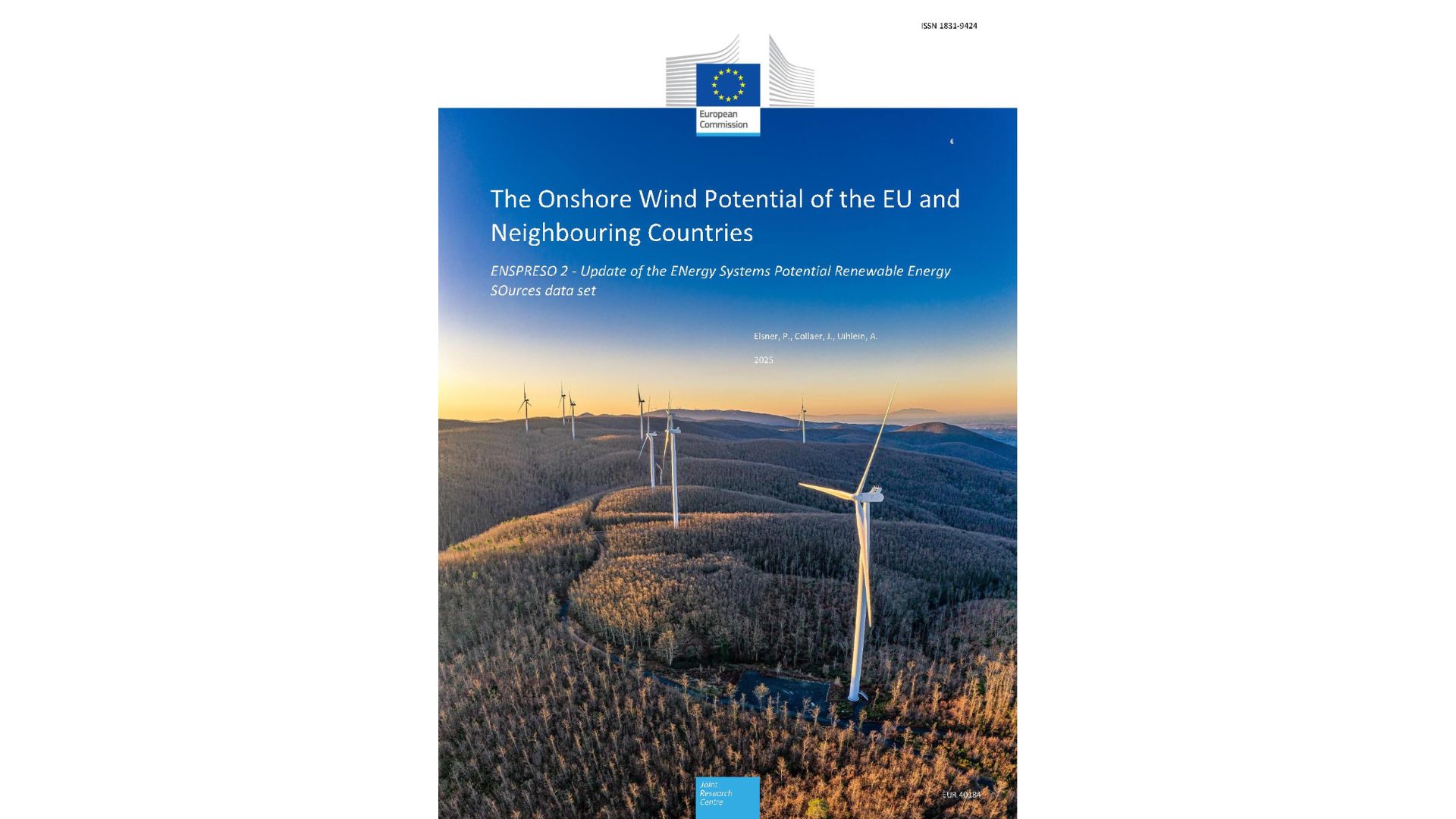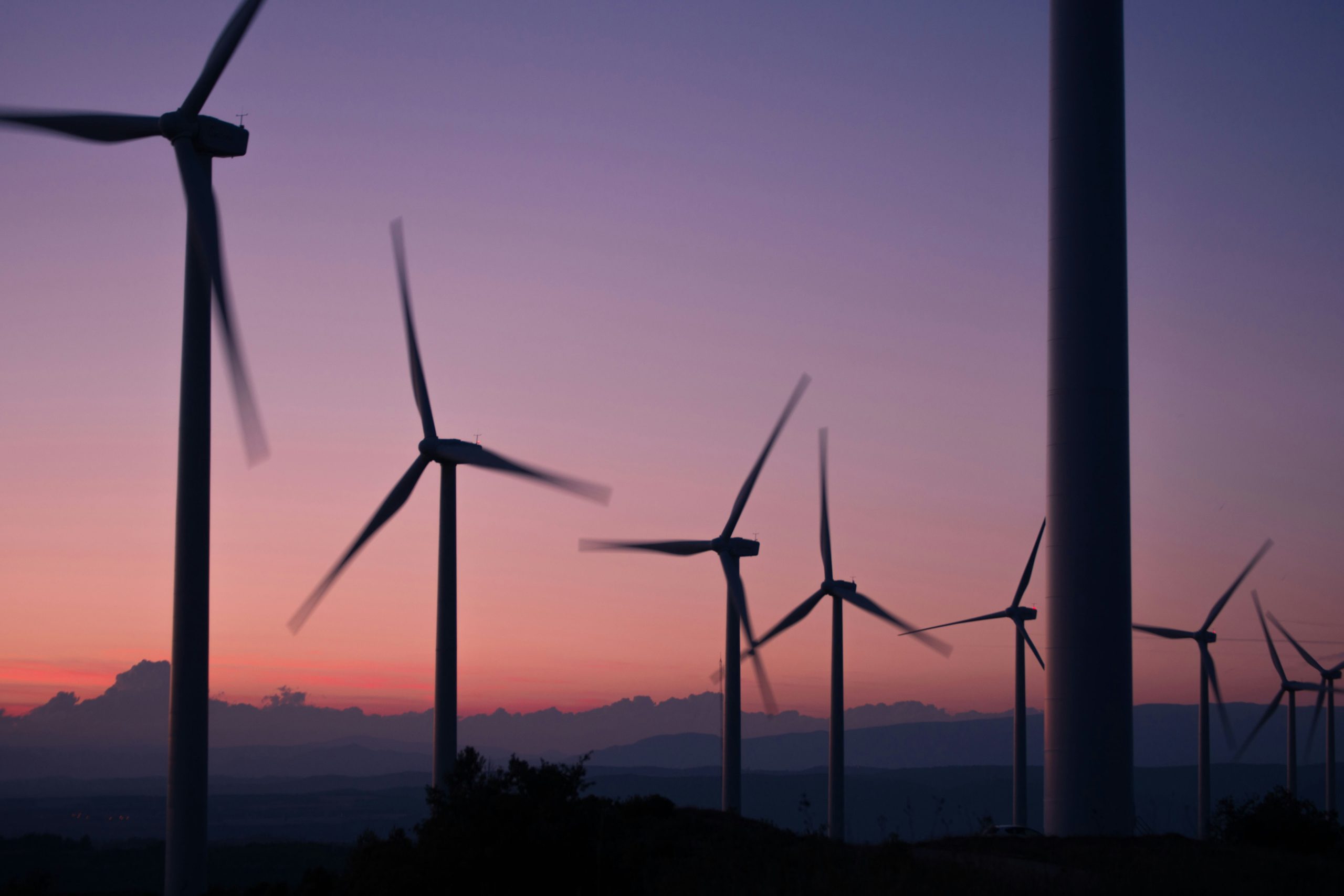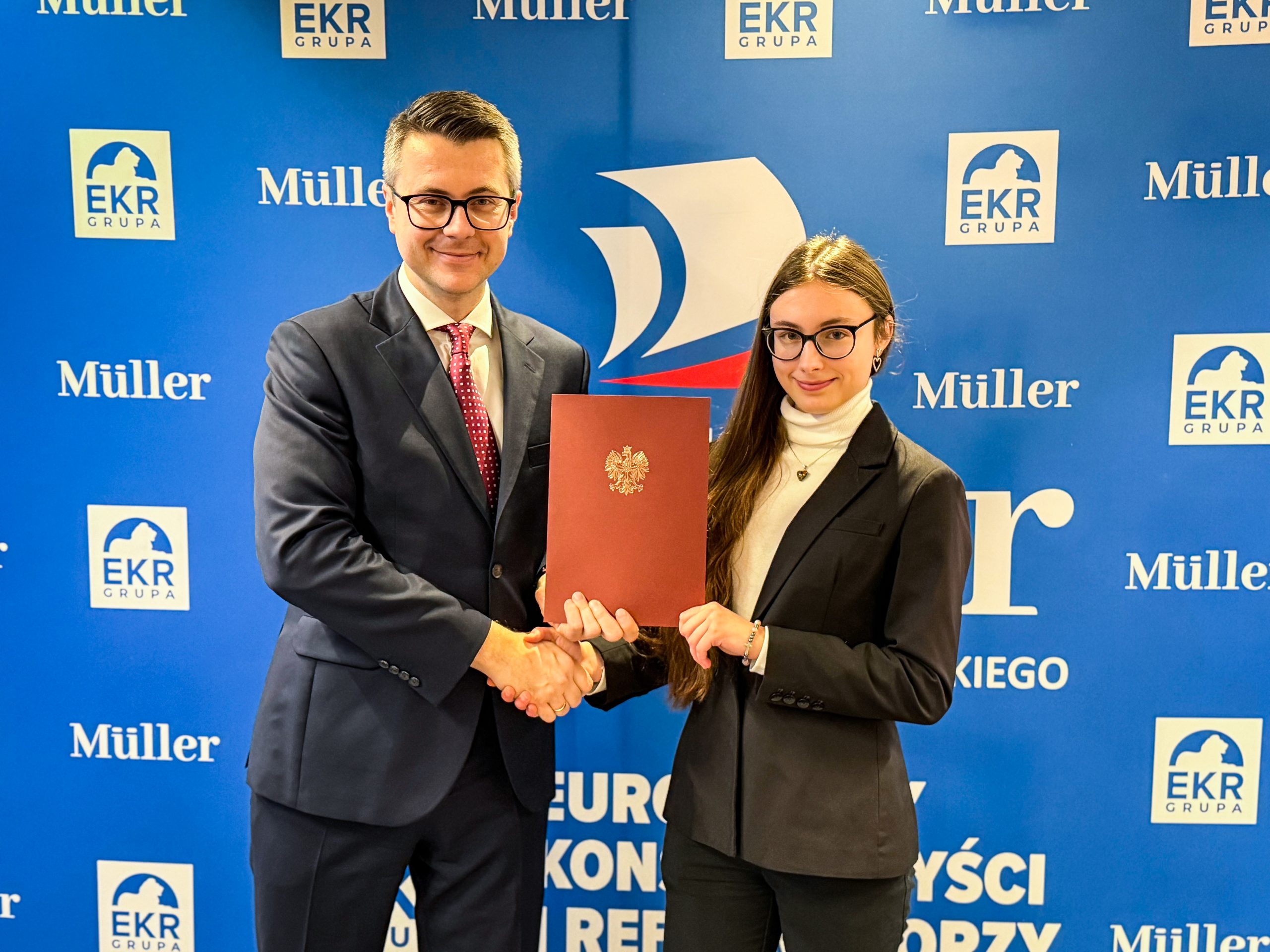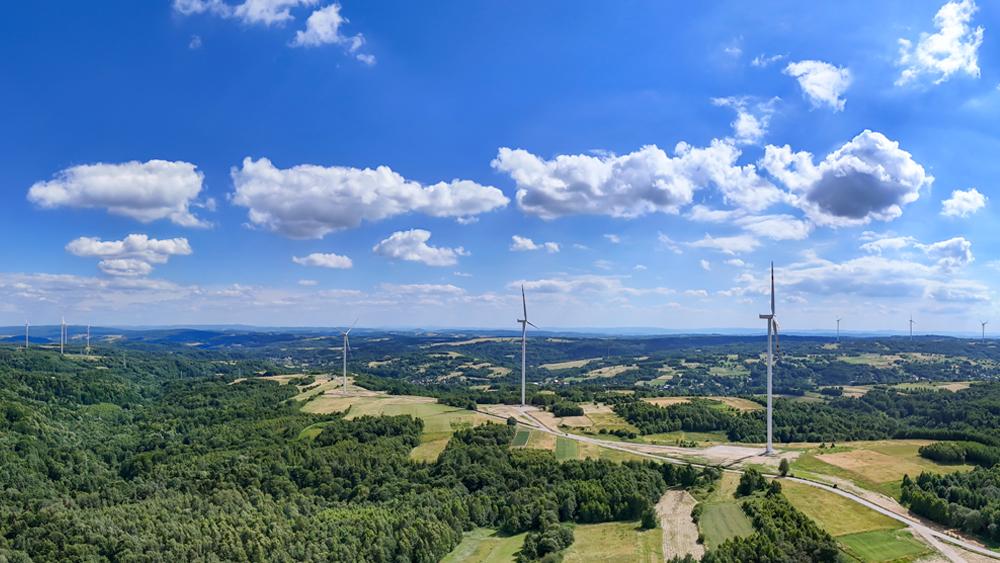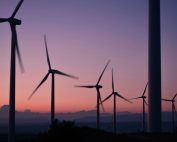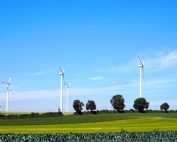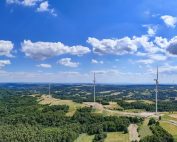Joint Research Centre of the European Commission released new report „The Onshore Wind Potential of the EU and Neighbouring Countries”. The report reveals that the continent has far greater capacity for wind energy than previously estimated. The ENSPRESO 2 dataset, developed by the Joint Research Centre (JRC), indicates that the installable capacity and annual electricity generation from onshore wind could be nearly double earlier projections. This finding underscores the crucial role onshore wind can play in decarbonizing Europe’s energy system and achieving ambitious climate targets.
A Major Step for Wind Energy Planning
ENSPRESO 2 builds upon its predecessor, the ENSPRESO project, which concluded in 2018. The new dataset operates at an unprecedented resolution of 1 km², leveraging advanced wind energy data and reflecting recent technological advancements. With this high-resolution approach, policymakers and energy planners can make more informed decisions about where to deploy onshore wind energy most effectively.
The European Union’s REPowerEU plan aims to reduce reliance on fossil fuels and increase the share of renewable energy. The revised Renewable Energy Directive now targets at least 42.5% renewable energy by 2030, with an ambition to reach 45%. To support this goal, new measures have been introduced to simplify permitting processes and identify “renewables acceleration areas” where wind and solar projects can be fast-tracked.
Setback Regulations: A Key Factor in Wind Potential
One of the most critical insights from ENSPRESO 2 is the impact of setback distance regulations—rules governing how far wind turbines must be placed from settlements. The study tested four scenarios, ranging from 500 meters (least restrictive) to 2,000 meters (most restrictive), with dramatic differences in available wind potential:
- A 500 m setback allows for approximately 8,100 GW of installable capacity and 22,500 TWh of annual generation.
- A 1,000 m setback reduces potential to 4,150 GW/10,800 TWh.
- A 2,000 m setback significantly limits potential to 1,600 GW/3,900 TWh.
These findings highlight that strict setback policies can drastically limit Europe’s ability to harness wind energy, reinforcing the need for balanced regulatory decisions.
The Future of Onshore Wind in Europe
ENSPRESO 2’s results show that the economically viable onshore wind potential is roughly double previous estimates, demonstrating that wind power can play a much larger role in Europe’s clean energy transition. However, this potential is unevenly distributed due to varying wind resources, settlement structures, and land types across the continent.
With its high-resolution spatial data, ENSPRESO 2 provides a valuable tool for energy planners and policymakers to strategically expand onshore wind power. By leveraging these insights and implementing supportive policies, Europe can accelerate its shift towards renewable energy, reduce carbon emissions, and strengthen energy security for the future.
Full report available here: https://publications.jrc.ec.europa.eu/repository/handle/JRC139999
Source: European Commission
